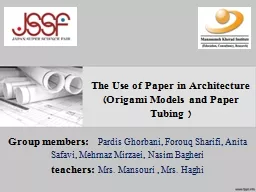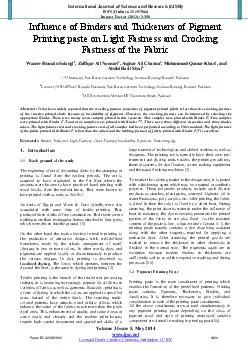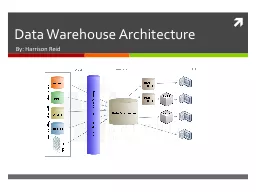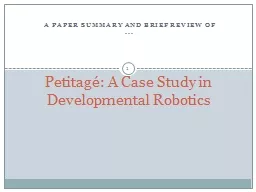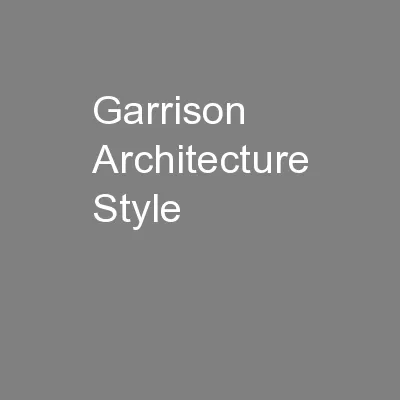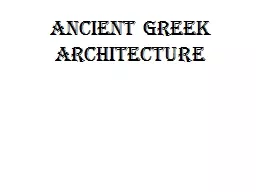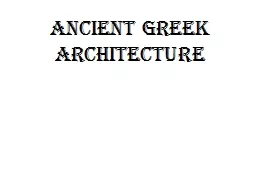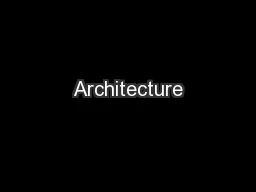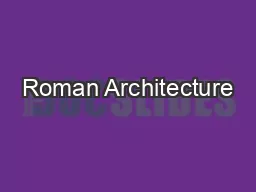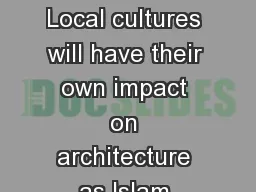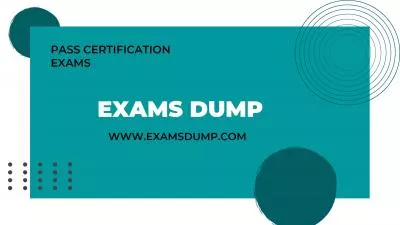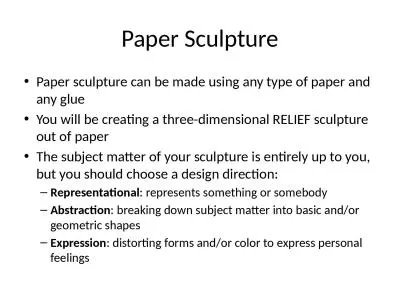PPT-The Use of Paper in Architecture
Author : stefany-barnette | Published Date : 2018-03-10
Origami Models and Paper Tubing Group members Pardis Ghorbani Forouq Sharifi Anita Safavi Mehrnaz Mirzaei Nasim Bagheri teachers Mrs Mansouri Mrs Haghi Introduction
Presentation Embed Code
Download Presentation
Download Presentation The PPT/PDF document "The Use of Paper in Architecture" is the property of its rightful owner. Permission is granted to download and print the materials on this website for personal, non-commercial use only, and to display it on your personal computer provided you do not modify the materials and that you retain all copyright notices contained in the materials. By downloading content from our website, you accept the terms of this agreement.
The Use of Paper in Architecture: Transcript
Download Rules Of Document
"The Use of Paper in Architecture"The content belongs to its owner. You may download and print it for personal use, without modification, and keep all copyright notices. By downloading, you agree to these terms.
Related Documents

